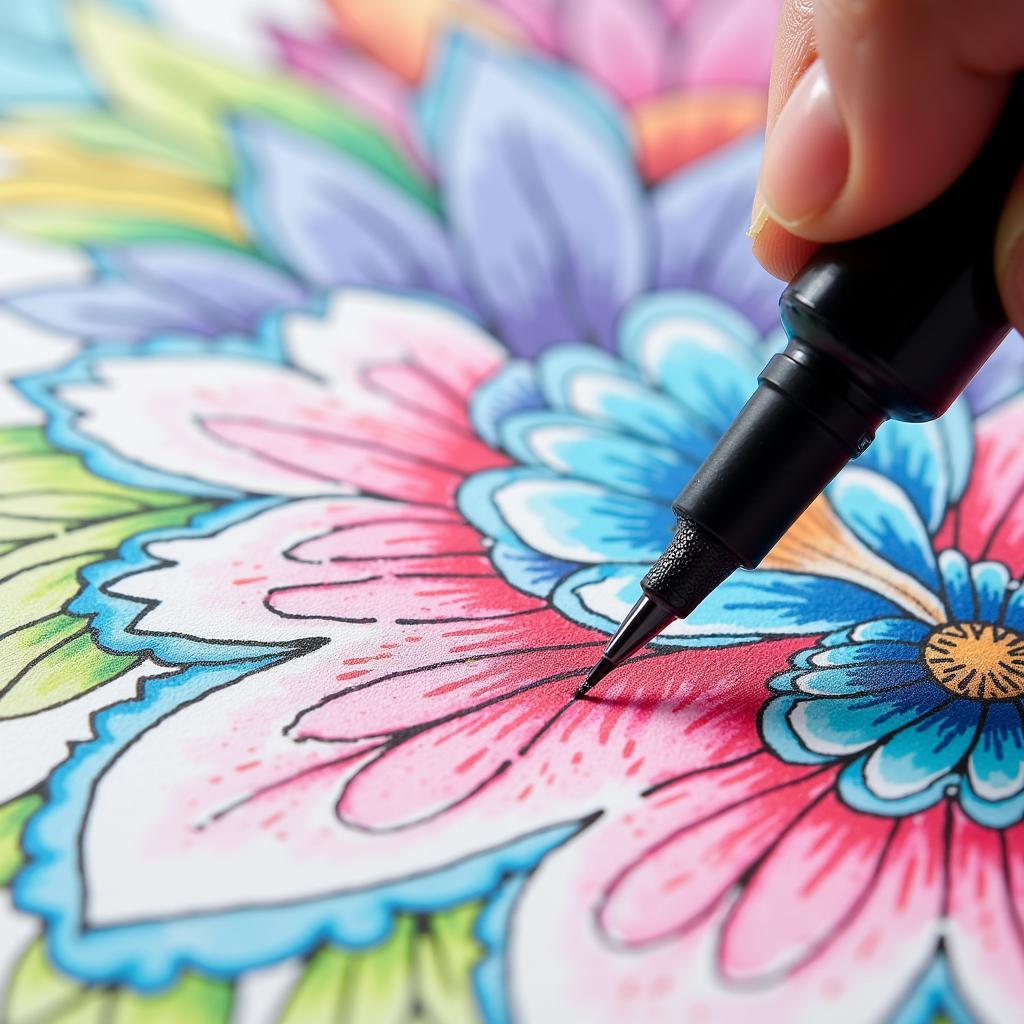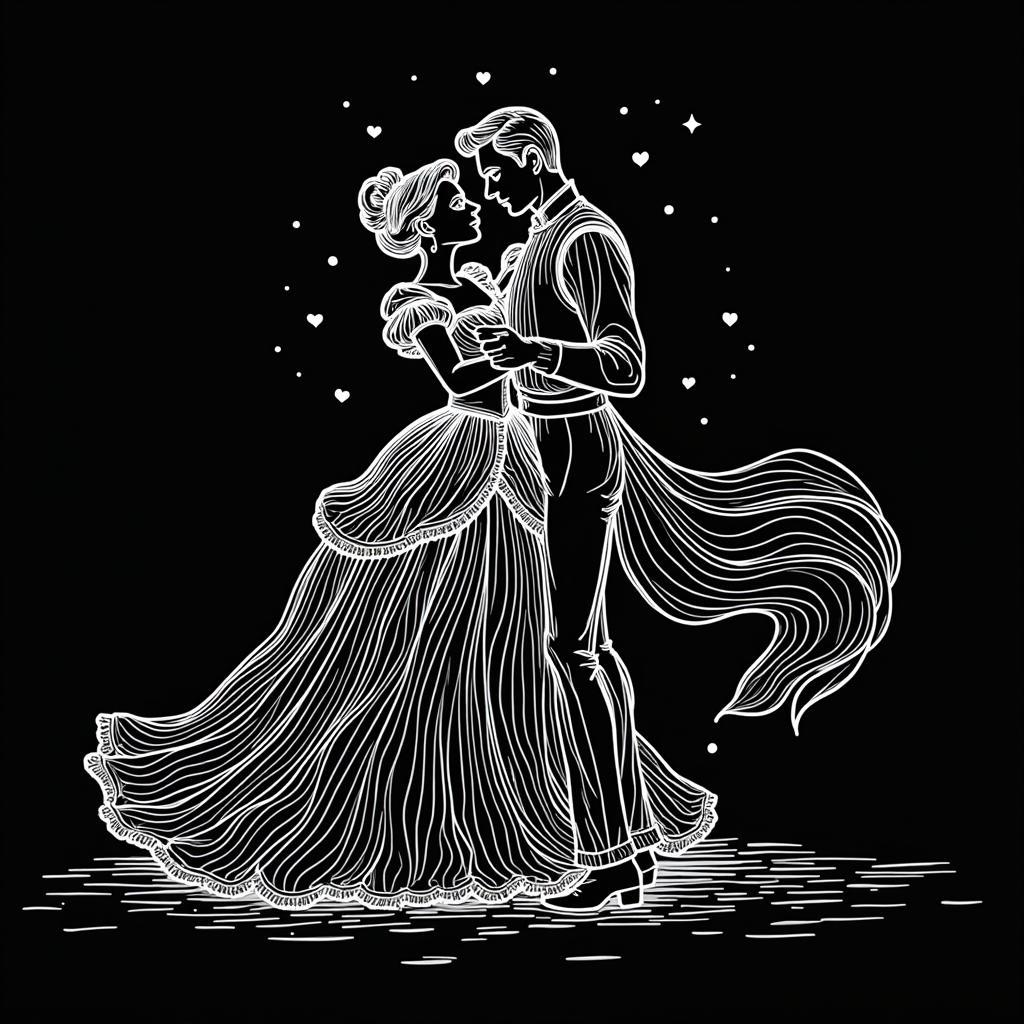Exploring the World of Multiplication Art
Multiplication Art is a captivating fusion of mathematics and creativity, transforming simple equations into intricate and visually stunning designs. This unique art form uses the principles of multiplication to generate patterns, shapes, and textures, demonstrating the inherent beauty and order within numerical relationships. Whether you’re a seasoned artist or a curious beginner, multiplication art offers a fascinating journey into the realm where logic meets imagination.
Unraveling the Magic of Multiplication Art
At its core, multiplication art revolves around the concept of using multiplication tables to guide the creation of artwork. The numbers from these tables are transformed into visual elements, such as dots, lines, or shapes, which are then arranged on a grid or canvas based on specific rules and patterns. The resulting artwork can range from simple geometric designs to complex, organic forms, showcasing the unexpected artistry hidden within mathematical operations.
 Geometric Patterns in Multiplication Art
Geometric Patterns in Multiplication Art
Techniques and Styles in Multiplication Art
Multiplication art encompasses a diverse range of techniques and styles, each offering a unique approach to transforming numbers into visual expressions. Some popular techniques include:
-
Spiral Multiplication: This technique involves arranging numbers in a spiral pattern and connecting them based on multiplication factors, creating mesmerizing spiral designs.
-
Radial Multiplication: This style utilizes a circular grid, with numbers radiating outwards from the center. By connecting numbers based on their multiples, artists can create captivating radial patterns.
-
Modular Multiplication: This technique involves using modular arithmetic to generate patterns. Numbers are multiplied, and the remainder after dividing by a specific modulus is used to determine the placement of visual elements on the grid. This method often produces intricate and unexpected designs.
Applications and Inspirations
The versatility of multiplication art extends beyond creating visually appealing designs. Its principles find applications in various fields, including:
-
Textile Design: Multiplication art patterns are incorporated into fabrics, creating intricate and eye-catching designs for clothing, upholstery, and other textile applications.
-
Architecture: Architects and designers draw inspiration from multiplication art to create visually striking facades, tessellations, and structural elements in buildings.
-
Data Visualization: The patterns generated through multiplication art can be used to represent data sets in a visually engaging and informative manner.
“Multiplication art serves as a bridge between the analytical and the creative, reminding us that beauty can be found in the most unexpected places,” says Dr. Emily Carter, a mathematician and art enthusiast. “It allows us to appreciate the elegance of mathematics while simultaneously pushing the boundaries of artistic expression.”
Conclusion
Multiplication art stands as a testament to the interconnectedness of art and mathematics. It invites us to explore the inherent beauty hidden within numerical relationships, transforming simple equations into captivating visual experiences. Whether you’re an artist seeking new forms of expression or a math enthusiast looking for a creative outlet, multiplication art offers a fascinating journey of discovery and exploration.

